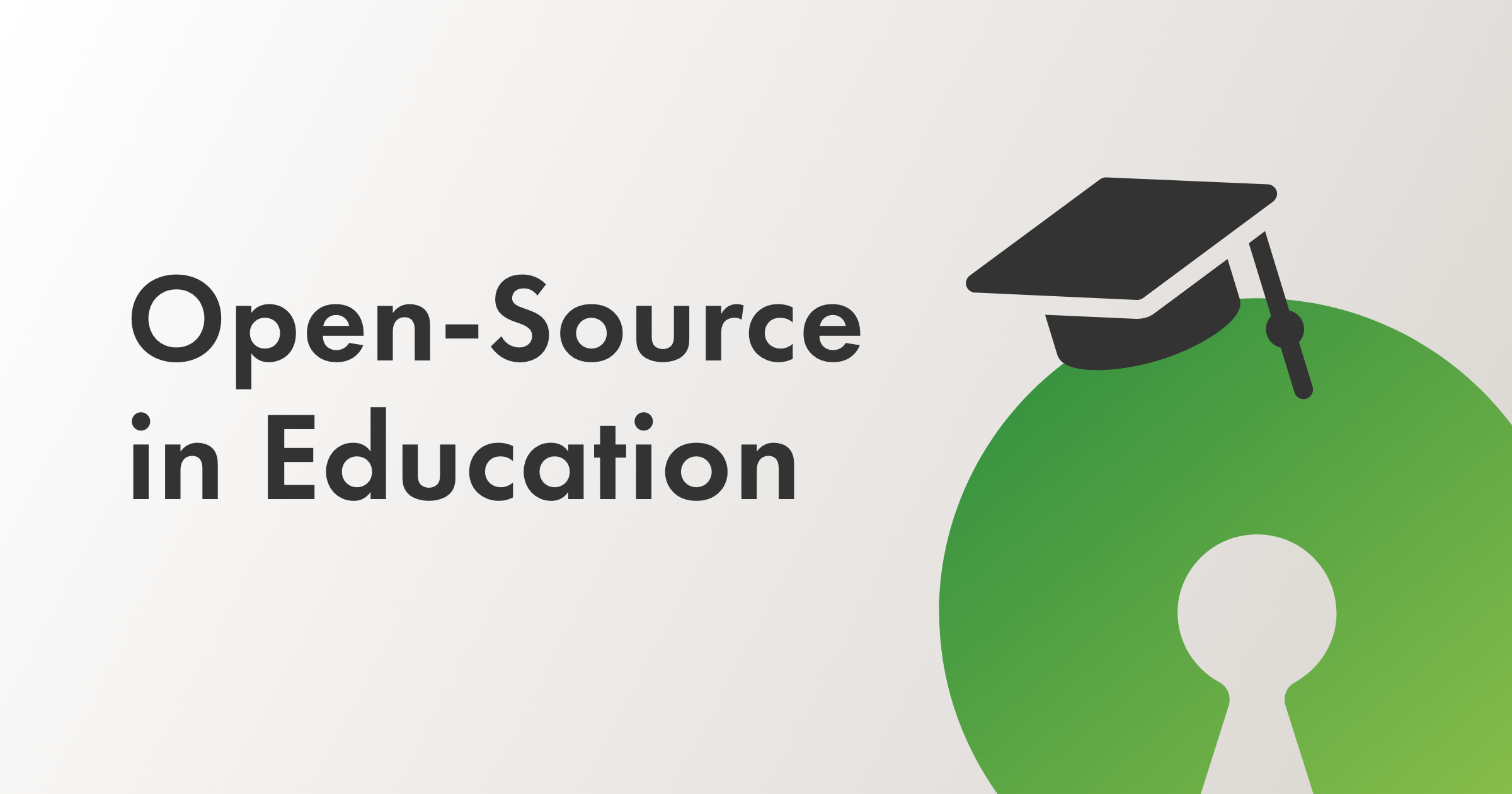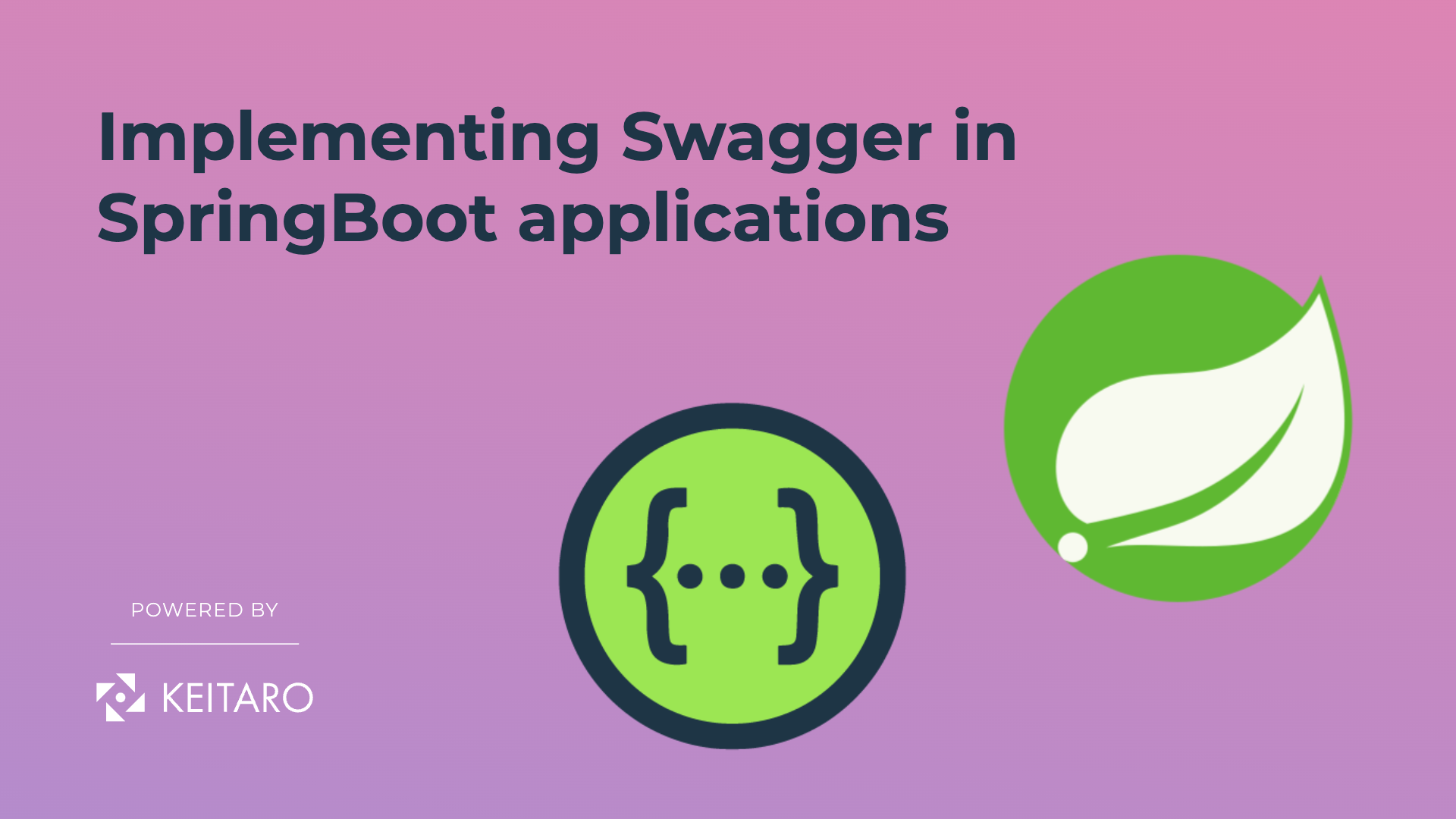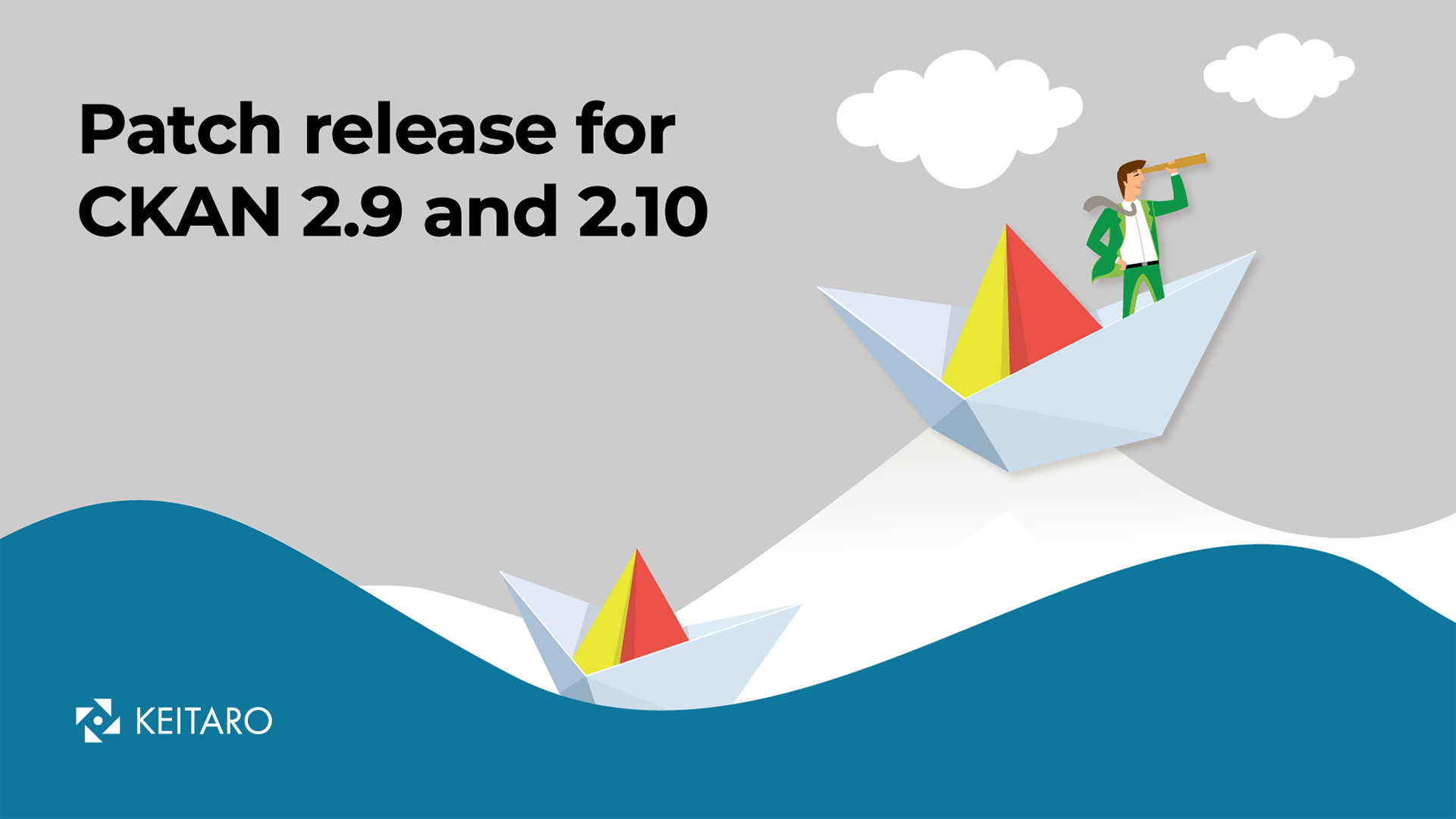Introduction
Due to the COVID-19 worldwide outbreak, societies changed their way of functioning and adapted to the new circumstances. The pandemic directly affected our lives on a personal, social and professional level. As we all know, we are not just dealing with a health crisis, we are dealing with multiple global problems all at once.
One of the preventive actions most countries took in order to control the spreading of the virus, was closing down schools and universities. This brought on new challenges for education systems worldwide. Schools and students had to quickly adapt to a fully online environment. Fortunately, there is a variety of online educational softwares that are helping schools to keep moving forward. In the midst of a crisis, countries and communities put their focus on using technology to provide the best education possible. Technology has undoubtedly revolutionized the way we communicate, and now it’s revolutionising the way we learn.
Open-source software in education
In the last few years, open-source has supported the education system by sharing data, libraries and opportunities for teachers, professors, scientists to evolve their educational programs and improve the level of education in every stage.
The open-source concept refers to software with source code, which is accessible to the public and can be adjusted, improved and adapted to meet the needs of any specific request. It presents a foundation on which anyone can build anything. For example, just as we take letters and use them to write a whole book, we can take an open-source software technology and use it to create an online platform of any kind.
This means that anyone in the education system can adopt the same approach and create a customized solution to meet different needs. An open-source educational software can offer better communication and enable teachers and parents to monitor the child’s performance.
Open-source software designed for educational purposes supports and impacts:
- Increasing productivity
- Improving communication
- Providing access from anywhere
- Reduction of workload
- Complete monitoring of students
- Cost-effectiveness
- Easy to use and access
- Customer support
- Data security
- Multi-user functionality
Open-Source platform in Macedonian education
When the pandemic took its first hit back in March and schools were closed down, the education system in Macedonia was caught unprepared. On such short notice, schools had to instantly find a way to move online, so most classes were held using Google meet, Zoom or other online platforms. But, as the pandemic progressed the government realized that things were unlikely to get back to normal before the new school year. It was decided that for most students, online education would continue, so the next question was, how can the quality of education be sustained and what should be done?
That’s where open-source software came to the scene. The Faculty of information technology, the Ministry of Education and a number of dedicated individuals created a platform that will connect 27000 pupils and students from across the country and enable them to learn online. The best part of it – it costs nothing.
The platform was created by combining 2 systems: a free and open-source tool called Moodle, and Microsoft teams (for enabling video classes and communication).
Moodle is already widely used by many universities in Macedonia, as well as schools and universities across the globe. As an open-source platform, it is maintained and improved by a large group of open-source contributors, which makes it highly viable.
In times when countries are facing an economic crisis, open-source software has allowed Macedonia to organize the process of online education without any costs.
Final thoughts
What can be said for sure is that in the following period, education will be changed. A change brought on by a pandemic, but led by technology. The new educational wave offers the opportunity to invest less money and create an educational model in line with our personal preferences and based on data.
Aside from organizing educational programs, using an online education platform can allow the teacher to share test results with other teachers and parents in real-time, can automatically track when homework is completed and can collect data on how long it took for the student to complete the homework. With this information, teachers will be able to gain a better understanding of whether their methods work, whether the tasks are too difficult, and what should be done differently.
Online learning is the future of education, and schools and universities will hopefully evolve and successfully adapt.



